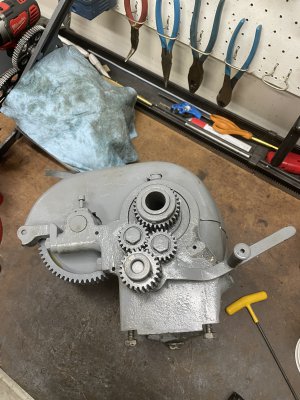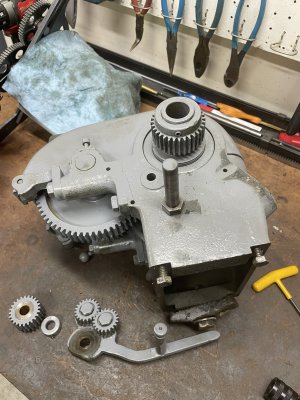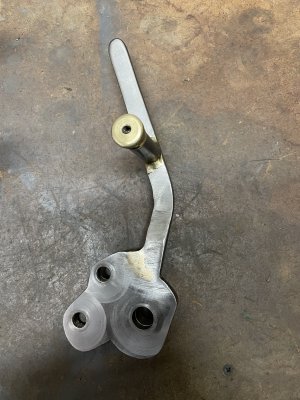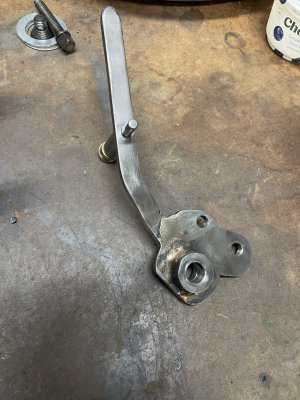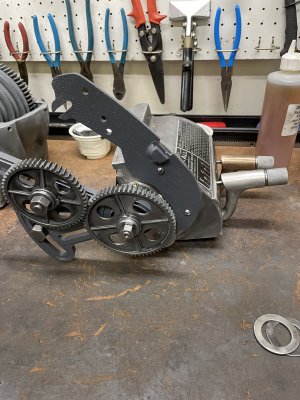Why would the tumbler arm be dependent upon whether you have a QCGB or not? Isn’t the interface with the QCGB just a matter of the banjo position and how/where the gear train is mounted? I’ve only seen two tumbler styles. They did change when the headstock casting changed to the newer “blockier” style.
There may have been installation kits available with the New All/O’Brien aftermarket QCGB but they may also have just provided instruction. I say so because I never see anything other than the QCGB itself in the old advertisements and all the pictures of installations I have show different methods of adapting it to the lathe, so I think your tumbler and mounting bracket were probably shop made by a previous owner.
You can take a spin through my thread here. The QCGB details are shown on page 1, and also some later.
Hi all, first post here. I’m the new caretaker of two 12” Craftsman lathes, one with a 42” bed and the other 54”. Though they recently came into my possession they are well known to me. The 42 is model 101.07403 number SN 16014 and the 54 is model 101.07403 SN 22500. The only place I’ve found...

www.hobby-machinist.com
This lathe was circa 1937 production and was purchased new by my Grandfather. He purchased and installed the O’Brien QCGB sometime thereafter. The first page will show the mods made to accommodate the aftermarket QCGB, but in short, all he did was modify the lead screw by cutting it down and adding a keyway and mounting provisions for the drive gear, modified the banjo, and drilled mounting holes in the side of the ways beneath the headstock. Originally I thought the banjo had been repaired but it was actually modified to be a pinch clamp with a brass spacer on the boss of the QCGB for locking it in position, (similar to the 6” lathes I believe) which had worked fine for over 70 years so I kept it that way and have had no problems with it.
One thing I will mention about these QCGB’s, the mounting location reduces the overall travel of carriage toward the headstock because the hand wheel hits the QCGB before reaching full travel. Even with the hand wheel removed, the same is the case to a lesser extent due to the carriage. With the additional spacing away from the headstock caused by installation of a three or four jaw chuck it’s a not a problem but if you were using collets and trying to do work close to the nose of the spindle, it would be a problem.
Best,
Kelly

